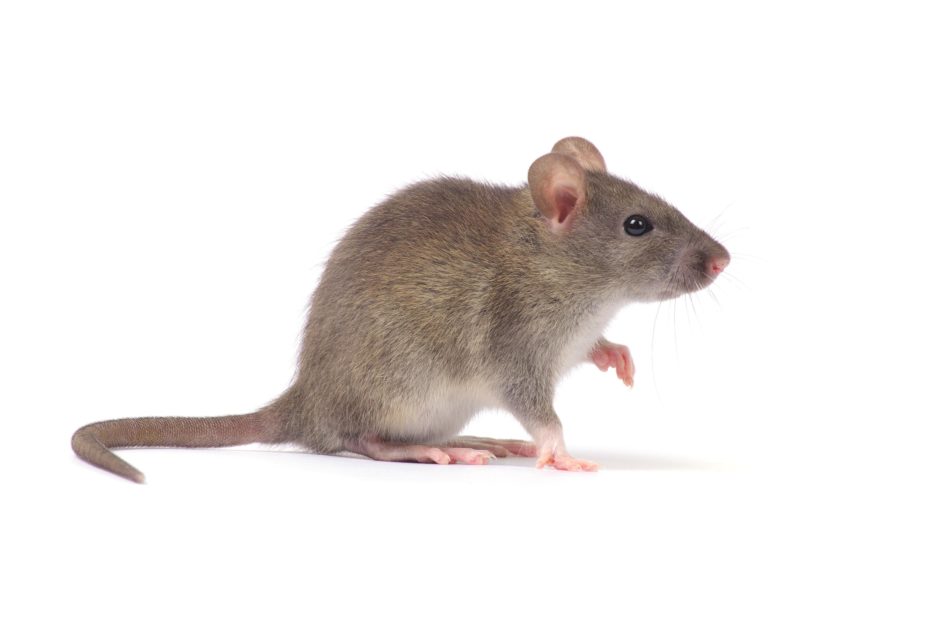
Shutterstock.com
I have recently started dosing myself with rat poison. Following the discovery of a thrombus in a femoral vein, I am taking a daily dose of warfarin tablets — as well as injecting myself twice daily with the heparin analogue tinzaparin. I currently need a thrice-weekly hospital trek to check my INR [international normalised ratio] so that the warfarin dose can be titrated accurately.
Warfarin is an interesting drug. Unlike most medicines in use today, it was introduced with a different purpose, having been launched in 1948 as a rodenticide. Its name stems from its synthesis at the University of Wisconsin in a project funded by the Wisconsin Alumni Research Foundation. The “warf–” element recognises the WARF contribution and the “–arin” acknowledges the drug’s origin as a derivative of coumarin, the sweet-smelling chemical that gives sweet clover (Melilotus officinalis) its English name. (Coumarin is also found in other plants, including tonka beans, or cumaru, and it is from this name that the word coumarin is derived.)
Coumarin itself seems to be harmless, but spoiled animal feeds based on sweet clover contain a derivative, dicoumarol, that is a natural anticoagulant and is feared by farmers because it induces internal bleeding that can kill livestock. Warfarin is a synthetic derivative of dicoumarol, and since 1948 has had a major role in slaughtering rats and mice by stimulating internal bleeding.
In 1954, warfarin was also approved for therapeutic use as an anticoagulant in the prevention of thrombosis and thromboembolism. More than 60 years later, it remains the world’s most widely prescribed oral anticoagulant, even though it is far from ideal. Not only does the effective and safe dose for any individual fall within a narrow range, but warfarin interacts with many other drugs, including common antibiotics and analgesics, and with alcohol and some foods, such as green leafy vegetables, cranberry juice and various herbs and spices. Most of these interactions lead to an increased INR and thus a greater risk of bleeding and bruising.
I would like to know why warfarin is still the world’s favourite anticoagulant when alternatives that may be better are available. In 2010, researchers reported a comparison of warfarin with phenprocoumon, another coumarin-derived anticoagulant. In a cohort study carried out at an outpatient anticoagulation clinic, they found that the INR of phenprocoumon users remained within the optimal therapeutic range for 60.7% of the time, compared with only 45.6% for warfarin users. Even more striking was that the incidence of bleeding was just 5.3 per 100 patients per year in the phenprocoumon group, compared with 18.8 per 100 patients per year in the warfarin group. The steadier anticoagulation state and consistently lower incidence of adverse events may be connected with phenprocoumon’s longer elimination half-life, which is some 5–6 days compared with around 40 hours for warfarin.
Phenprocoumon has become the standard coumarin-derived anticoagulant in Germany, where seven different brands are now available. It is also widely prescribed in half a dozen other West European nations and in Brazil. Since it appears to have advantages over warfarin, why is it not available in the UK?


